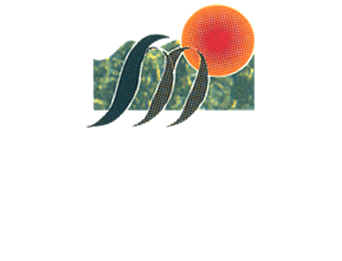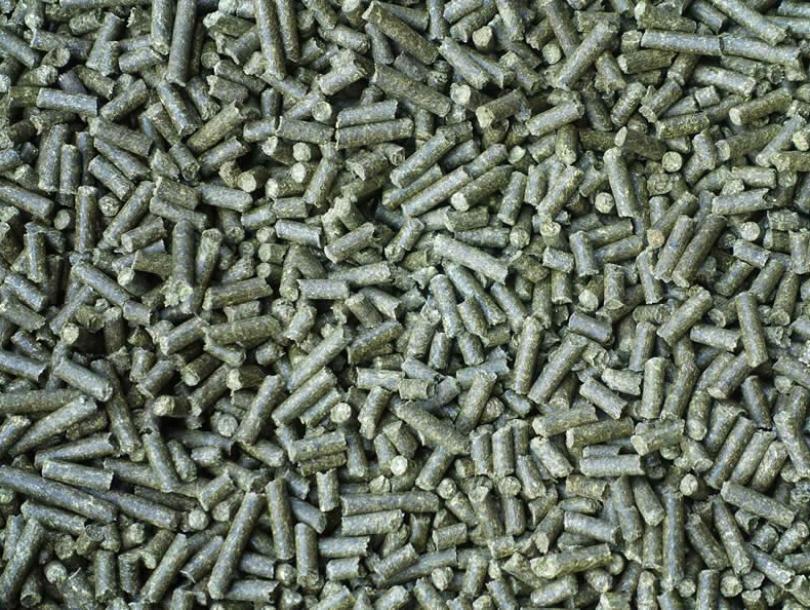PRODUCTS
Our alfalfa feed is divided into two types on the market, bales and pellets, both intended for livestock.
Check out their characteristics and properties:
Check out their characteristics and properties:
BALES
Organic feed in bales has excellent nutritional values and is ideal for balanced diets for high-producing dairy cows, sheep and goats. It is generally intended for cattle needing many highly digestible proteins and fibers, as well as essential fatty acids and beta-carotene, a fundamental provitamin supporting the production and reproduction of high-milk-producing ruminants.The continuing use of our feed in bales, with administrations up to 15% on the total dry substance, improves palatability and increases the cattle’s food consumption, with benefits to production and reproduction.
PELLETS
Alfalfa feed in pellets has a strong nutritional content and is an extraordinary natural protein supplement. Moreover, it is rich in beta-carotene, a useful provitamin for the production and reproduction requirements of ruminants and herbivores of zootechnical interest, and in essential fatty acids, capable of naturally increasing Omega-3 fatty acids in the milk and meat produced. This raw material can be administered up to 10% on the total dry substance of the cattle’s diet. Its use, if applied constantly, improves palatability, with benefits to the cattle’s production and reproduction. The fodder, dehydrated immediately after harvesting, has an aromatic scent and a vivid color, and is highly palatable.
Sassocorvaro (Pu) - Via Indipendenza, 17 61028 - IT - +39 0722/720135 / +39 0722/720015 - info@sal-mig.com
Saltarelli e Migiani Group - P.Iva 02055070417 - Privacy & Cookie Policy - Cookie preferences
Modello organizzativo Gestionale - Codice Etico - Bando Inail/ISI 2018 - Certificato conformità ISO 22005:2007
Politica aziendale Montefeltro Foraggi Srl - Certificato BIO Suolo & Salute Srl - Certificato GMP+
Whistleblowing - Procedura whistleblowing
PSR Marche 2014-2022 Domanda: ID 69030
Saltarelli e Migiani Group - P.Iva 02055070417 - Privacy & Cookie Policy - Cookie preferences
Modello organizzativo Gestionale - Codice Etico - Bando Inail/ISI 2018 - Certificato conformità ISO 22005:2007
Politica aziendale Montefeltro Foraggi Srl - Certificato BIO Suolo & Salute Srl - Certificato GMP+
Whistleblowing - Procedura whistleblowing
PSR Marche 2014-2022 Domanda: ID 69030
Credits TITANKA! Spa







